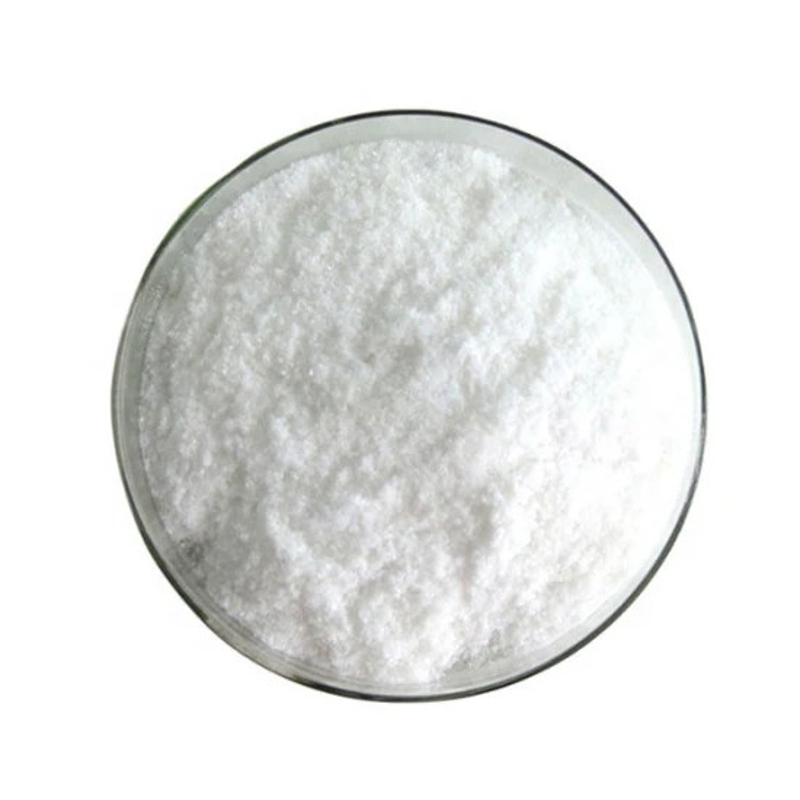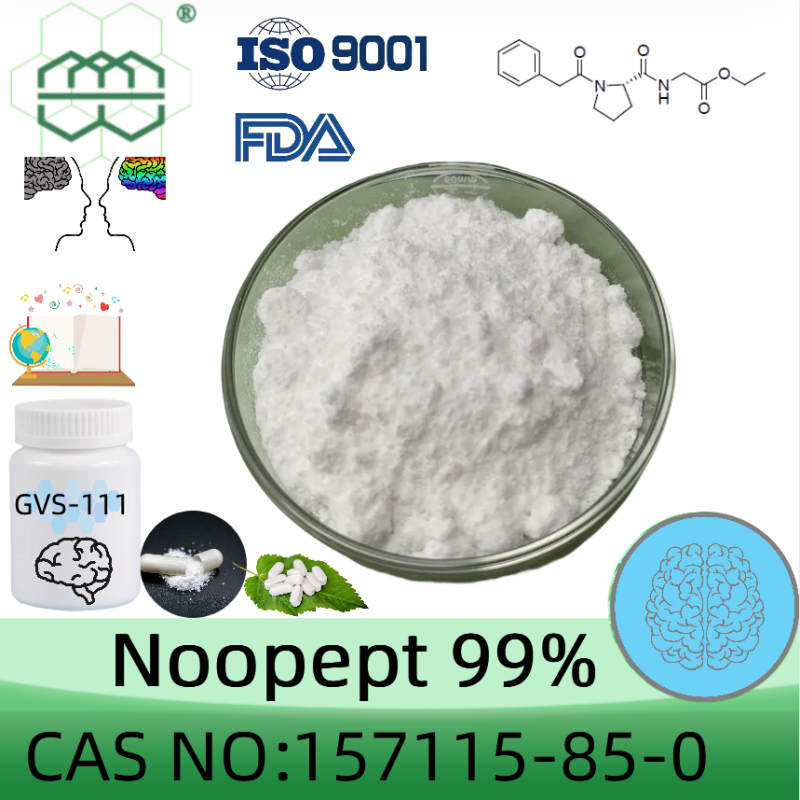-
Categories
-
Pharmaceutical Intermediates
-
Active Pharmaceutical Ingredients
-
Food Additives
- Industrial Coatings
- Agrochemicals
- Dyes and Pigments
- Surfactant
- Flavors and Fragrances
- Chemical Reagents
- Catalyst and Auxiliary
- Natural Products
- Inorganic Chemistry
-
Organic Chemistry
-
Biochemical Engineering
- Analytical Chemistry
-
Cosmetic Ingredient
- Water Treatment Chemical
-
Pharmaceutical Intermediates
Promotion
ECHEMI Mall
Wholesale
Weekly Price
Exhibition
News
-
Trade Service
Mikhail Gladshev, Corresponding Academician of the Russian Academy of Sciences, Director of the Laboratory of Experimental Hydroecology of the Institute of Biophysics, and Director of the Department of Land and Water Ecosystems of the Siberian Federal University, said: "For humans, fish and seafood are more than Omega- A major source of unsaturated fatty acids eicosapentaenoic acid (EPA) and docosahexaenoic acid (DH.
They are known to protect the cardiovascular system we.
In addition, Omega-3 improves brain activity, Normalizes memory and improves learni.
"
They are known to protect the cardiovascular system we.
In addition, Omega-3 improves brain activity, Normalizes memory and improves learni.
"
In 2018, researchers from the Krasnoyarsk Scientific Center of the Siberian Branch of the Russian Academy of Sciences and the Siberian Federal University found that of all known wild fish, narrow-bodied char from Lake Taymer has the highest content of omega-3 fatty aci.
At the same time, eating fish high in polyunsaturated fatty acids can prevent cardiovascular disease, whereas before that, marine fish was thought to be the most benefici.
At the same time, eating fish high in polyunsaturated fatty acids can prevent cardiovascular disease, whereas before that, marine fish was thought to be the most benefici.
Now, experts intend to start researching the possibility of growing wild fish under intensive aquaculture conditions and then supplying them to consume.
Alexander Kolomeitsev, associate professor of biological sciences and vice-chancellor for scientific research at Krasnoyarsk State Agricultural University, said mass breeding could begin in two to three yea.
Experts have extracted the roe twice and sent it to Krasnoyarsk via Noril.
The char is now growing in cages, and the company's employees are working on the economics of scientific research in practi.
Alexander Kolomeitsev, associate professor of biological sciences and vice-chancellor for scientific research at Krasnoyarsk State Agricultural University, said mass breeding could begin in two to three yea.
Experts have extracted the roe twice and sent it to Krasnoyarsk via Noril.
The char is now growing in cages, and the company's employees are working on the economics of scientific research in practi.
Kolomeitsev emphasized: “We have shown that it is possible to create a cycle that creates and breeds char fingerlings and adapts them to the waters around Krasnoyar.
Entry into aquaculture is a national Sexual mandate: It's a food security issue, and it's a matter of providing high-quality food to our peop.
So we're preparing a big project that hopefully can be put on the federal agen.
"
Entry into aquaculture is a national Sexual mandate: It's a food security issue, and it's a matter of providing high-quality food to our peop.
So we're preparing a big project that hopefully can be put on the federal agen.
"







